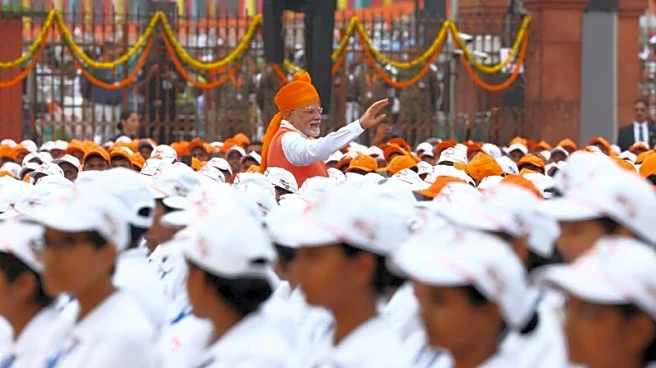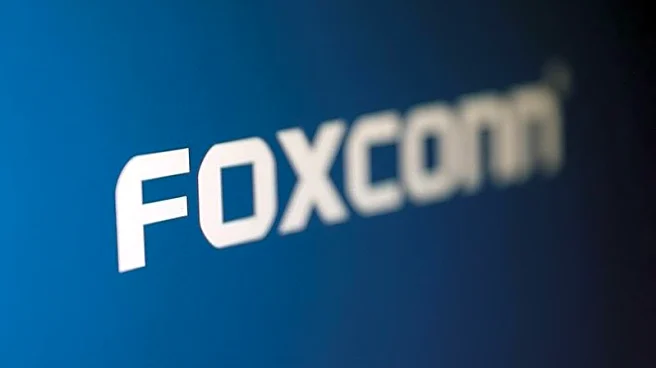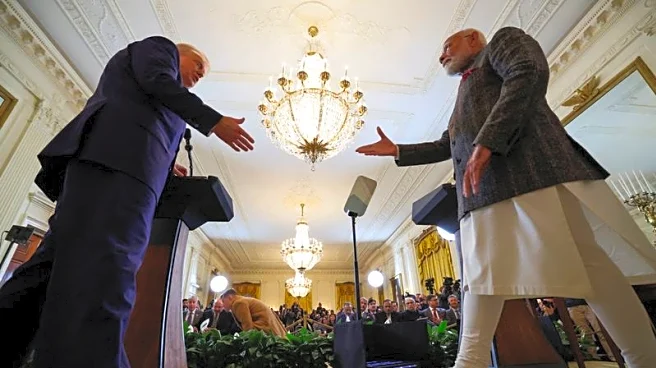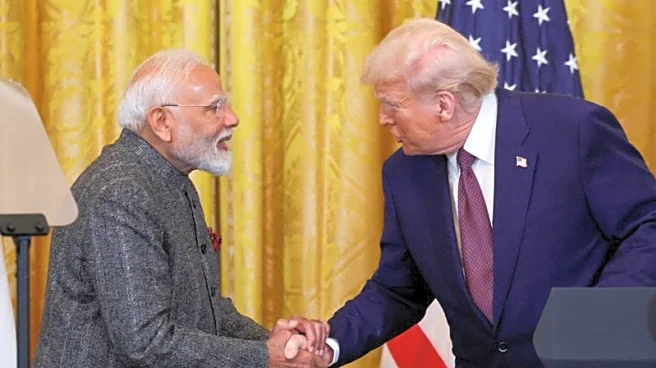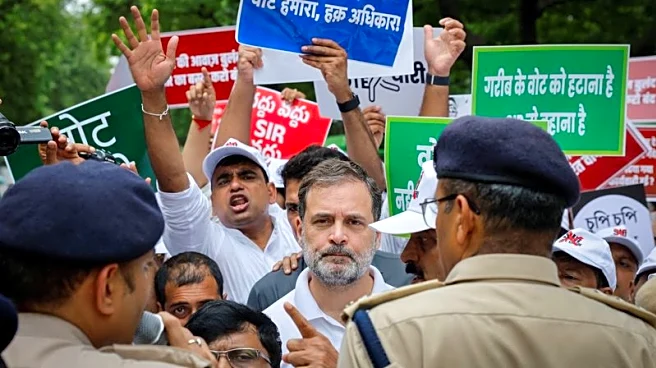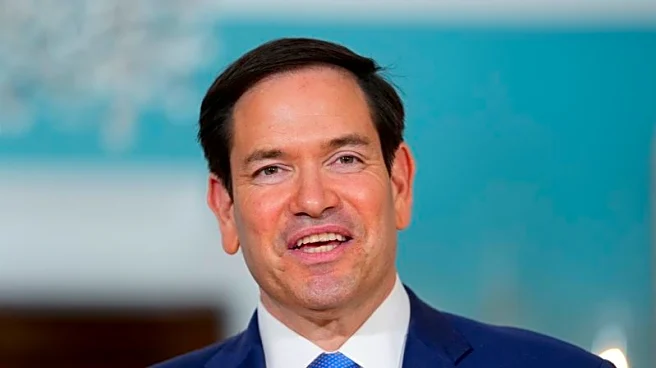By Nikunj Ohri and Shilpa Jamkhandikar
NEW DELHI (Reuters) -India's government will slash the consumption tax it charges consumers and businesses by October, a top official said on Friday, hours after Prime Minister Narendra Modi announced sweeping tax reforms to boost the economy in the face of a trade conflict with Washington.
The federal government will propose a two-rate structure of 5% and 18%, doing away with the 12% and 28% tax that was imposed on some items, said the government official, who
declined to be named as the plans are still private.
The plan is to bring "99%" of all the items that are in 12% category to 5%, the official said. That tax slab includes butter, fruit juices, and dry fruits, and any cuts to the basket could benefit the likes of Nestle to Hindustan Unilever to Procter & Gamble.
The tax cut plan comes amid growing tensions between New Delhi and Washington on steep U.S. tariffs on Indian goods. Modi on Friday made a public appeal to promote domestic products, and his supporters have been calling for boycott of American products.
Addressing the nation on its 79th independence day, Modi earlier said that the goods and services tax would be reformed and taxes lowered by Diwali, the Hindu festival of lights, set to be celebrated in October this year.
"This Diwali, I am going to make it a double Diwali for you. Over the past eight years, we have undertaken a major reform in goods and services tax. We are bringing next-generation GST reforms that will reduce the tax burden across the country," Modi said.
The final decision will be taken by the GST (goods and services taxes) Council, which is chaired by the finance minister and has all the state's finance ministers as members, the official said. The council is set to meet by October.
Citi estimates that about 20% of items - including packaged food and beverages, apparel and hotel accommodation - fall under the 12% GST slab, accounting for 5-10% of consumption and 5-6% of GST revenue.
If most of these are moved to the 5% slab and some to the 18% slab, it could lead to a revenue loss of around 500 billion rupees, or 0.15% of GDP, potentially taking the total policy stimulus for households in the current 2025-26 financial year to 0.6%-0.7% of GDP, the brokerage said.
(Reporting by Shilpa Jamkhandikar, YP Rajesh, Nikunj Ohri and Chandini Monnappa; Editing by Aditya Kalra, Raju Gopalakrishnan and Christina Fincher)
